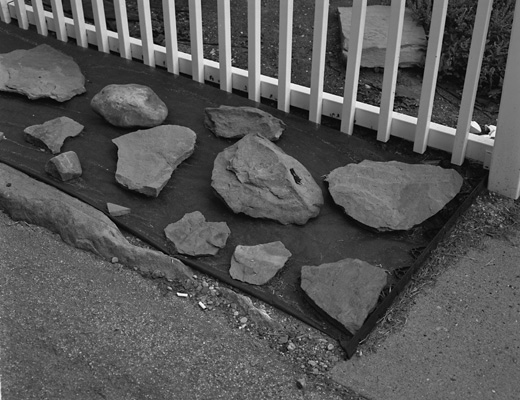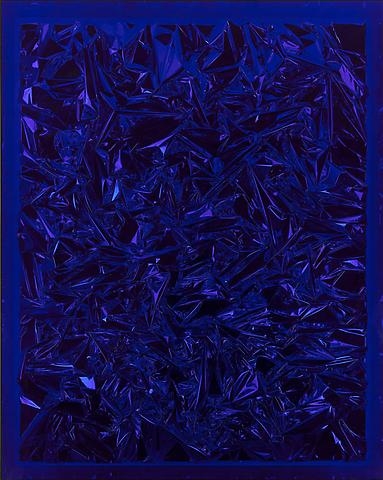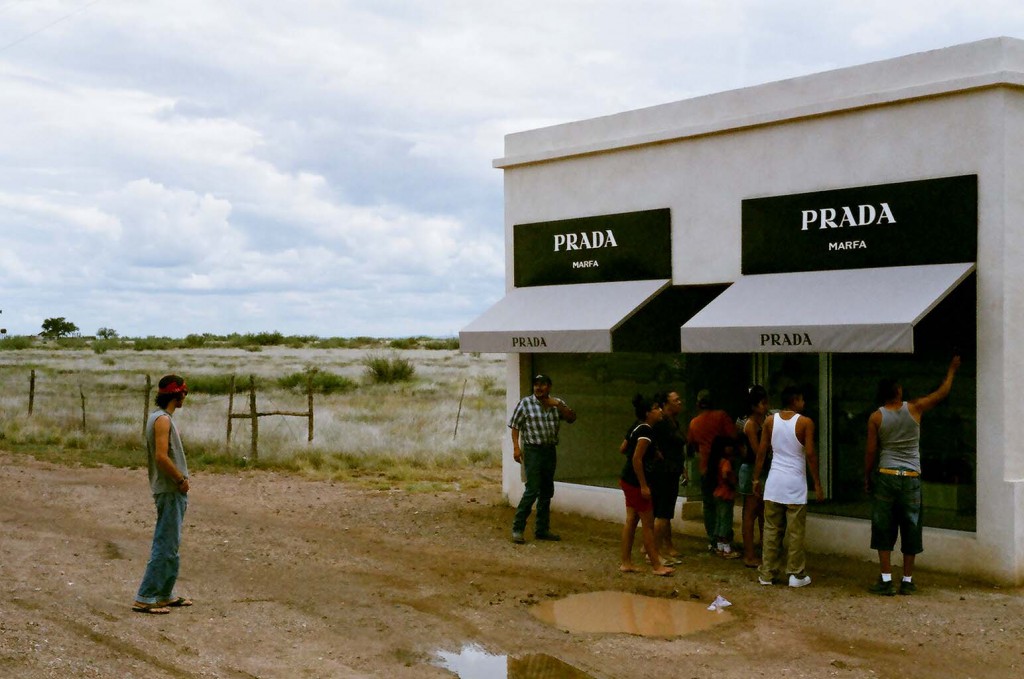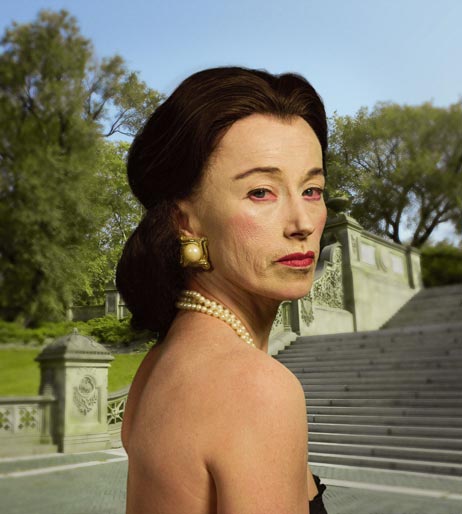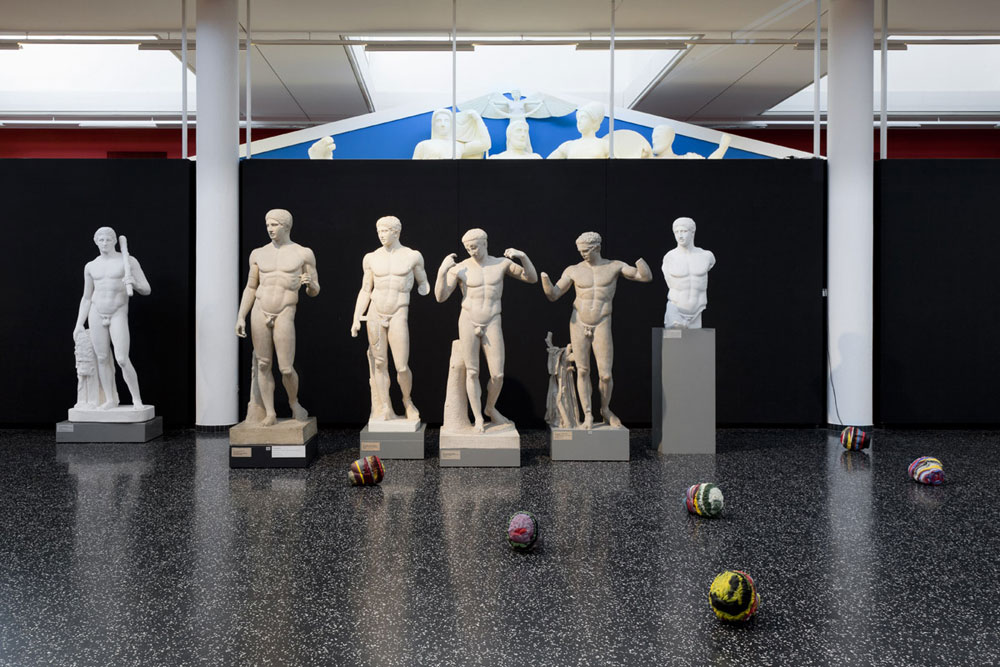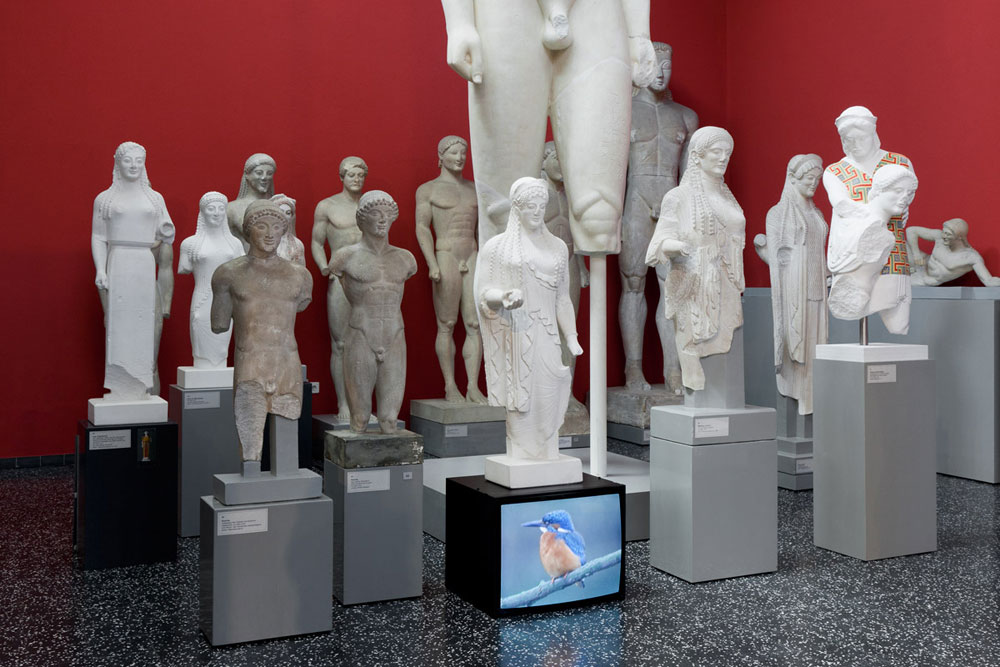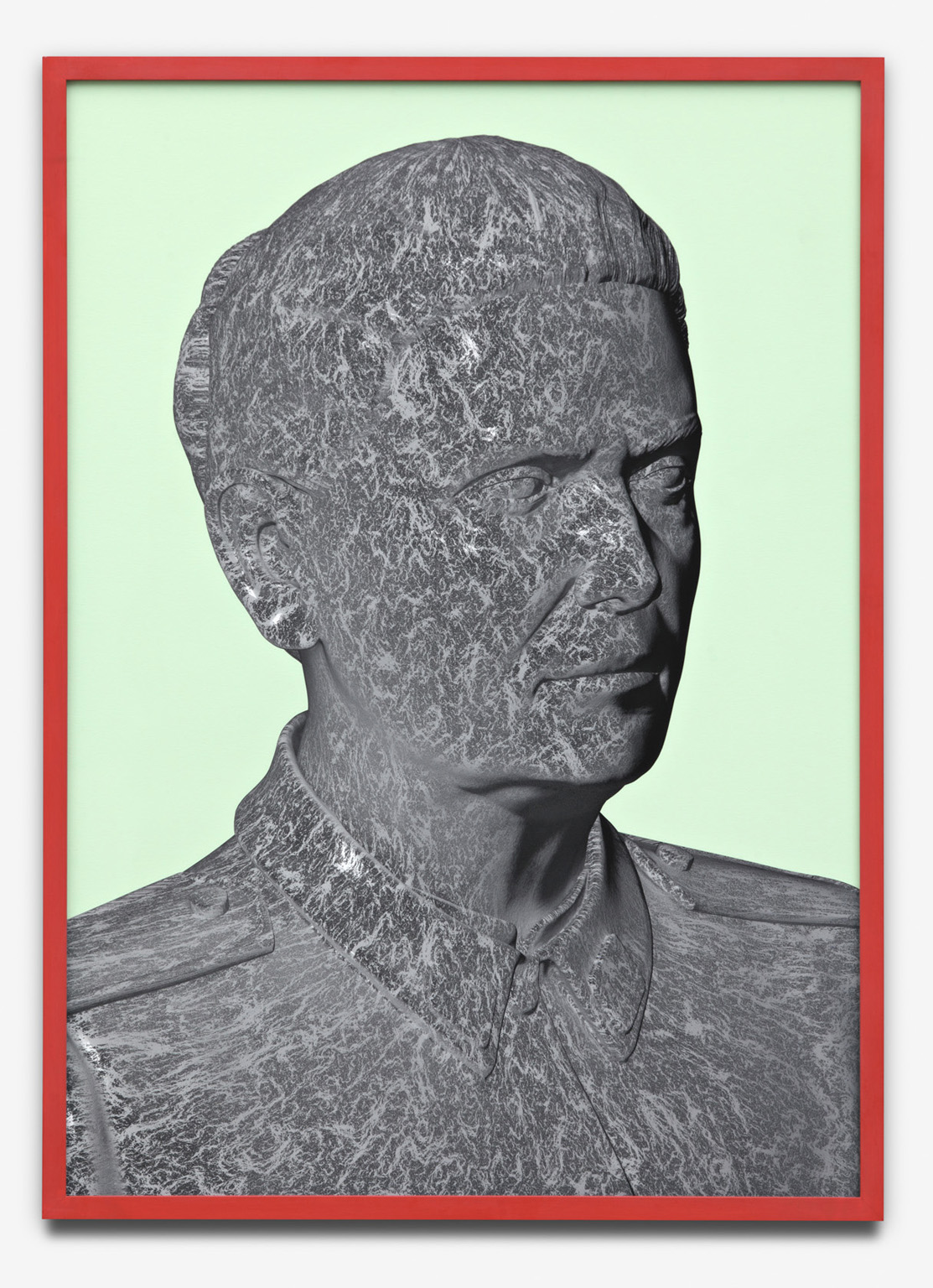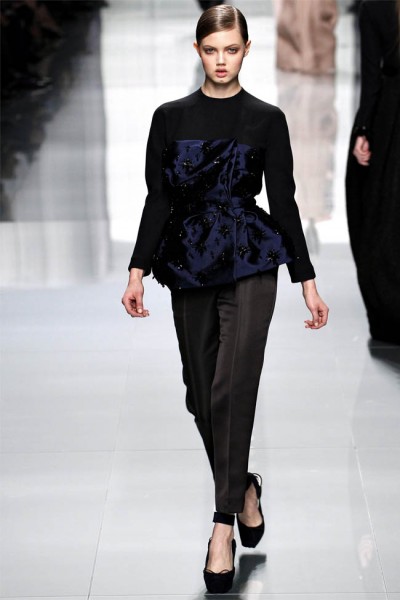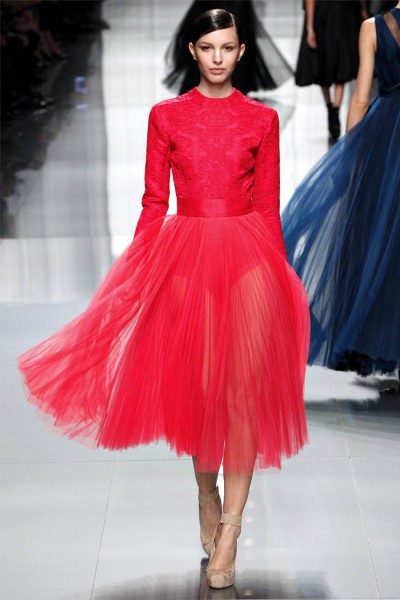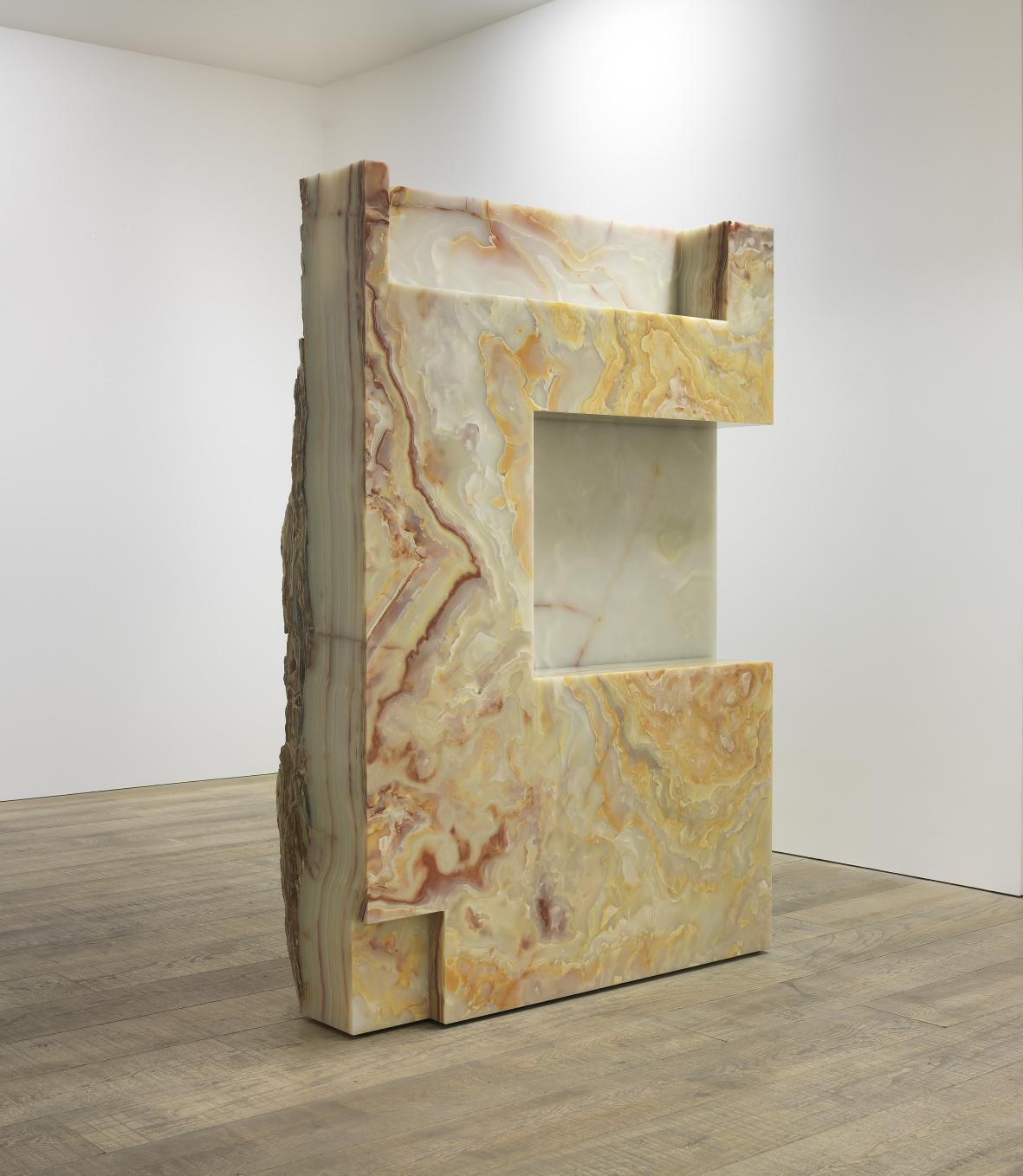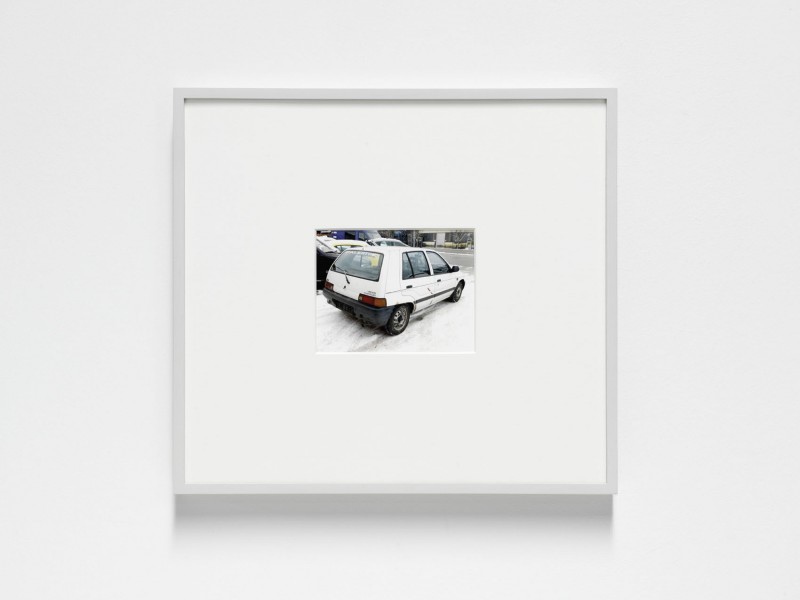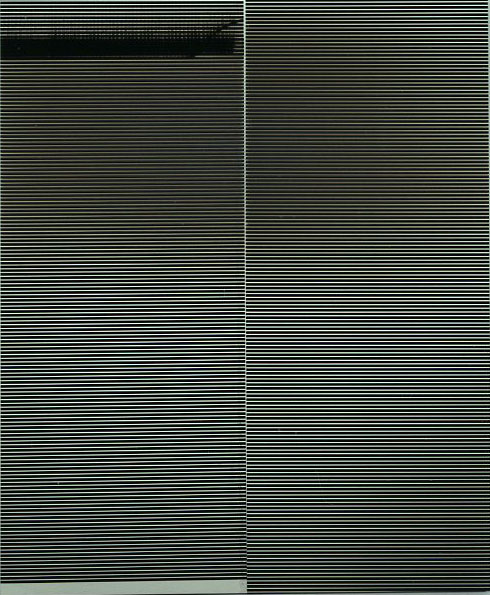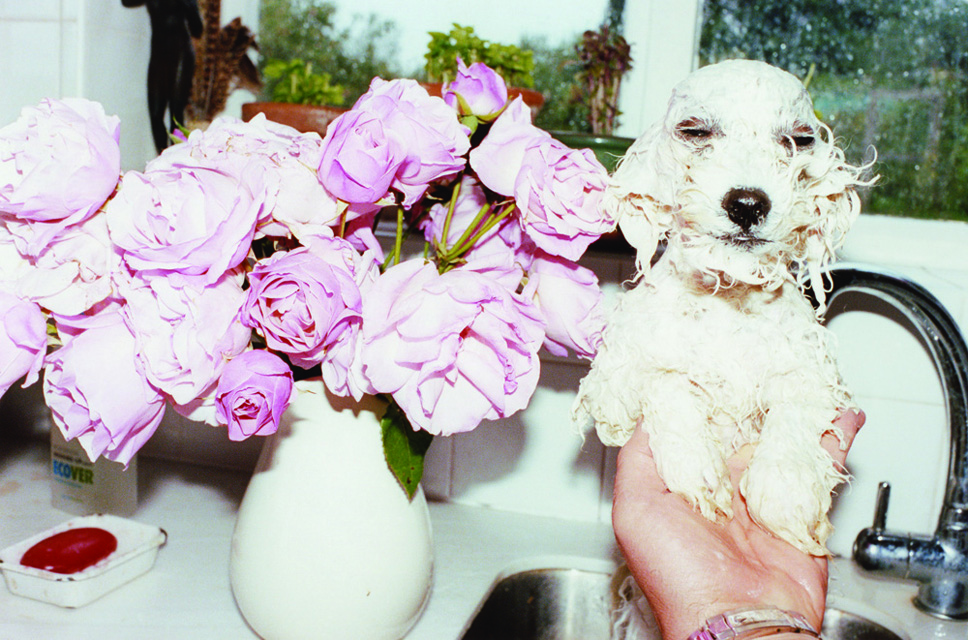
Juergen Teller, Lehmann Maupin, New York
10 February -17 March 2012 201 Chrystie Street
This exhibition highlighted three recent series, demonstrating Teller’s dynamic and diverse oeuvre. Featuring the controversial photographs of Kristen McMenamy, shot in the home of Carlo Mollino and seductive portraits of Vivienne Westwood, juxtaposed with intimate portraits of his family and close friends, this exhibition displays an amalgam of subjects and personalities. Drawing inspiration from the eccentric architect, Teller recalls Mollino’s fascination with the erotic, capturing McMenamy in provocative poses. Although the series garnered controversy for its alleged “pornographic” nature, it demonstrates Teller’s skilled storytelling and fearless approach to his medium. Composed of recent photographs taken in and around his home in Suffolk, photographs from the series, “Keys to the House,” includes deserted landscape shots and intimate portraits of Teller’s family and closest friends. The third series, “Men and Women,” includes portraits of Vivienne Westwood and photographer William Eggleston, as well as Teller’s son, Ed. As a whole, the series has been read as a representation of masculinity at two stages, coming of age and loss of virility, contrasted with a strong feminine power.
Born in Erlangen, Germany in 1964, Juergen Teller studied at the Bayerische Staatslehranstalt für Photographie in Munich, Germany before moving to London in 1986. His work in influential international publications such as W Magazine, I-D and Purple nurtured his own photographic sensibility, which is marked by his refusal to separate the commercial fashion pictures and his most autobiographical un-commissioned work.
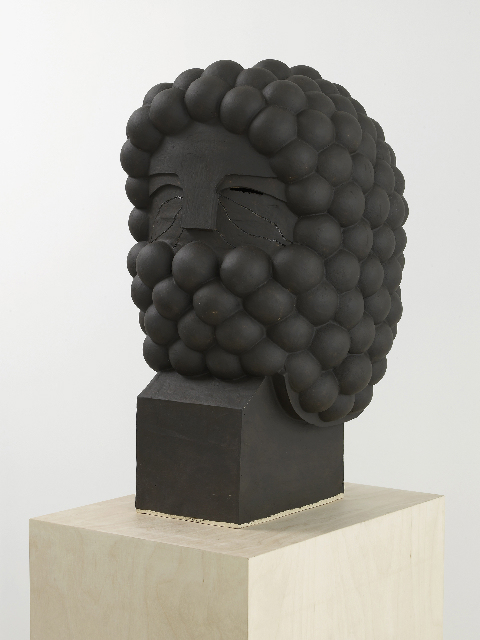

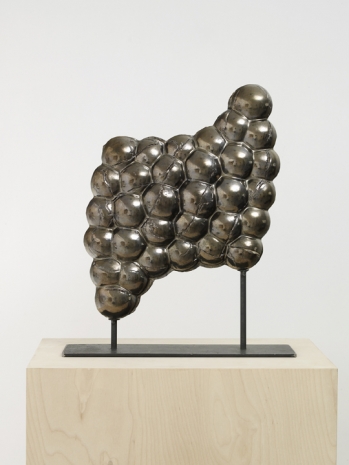
.jpg)
